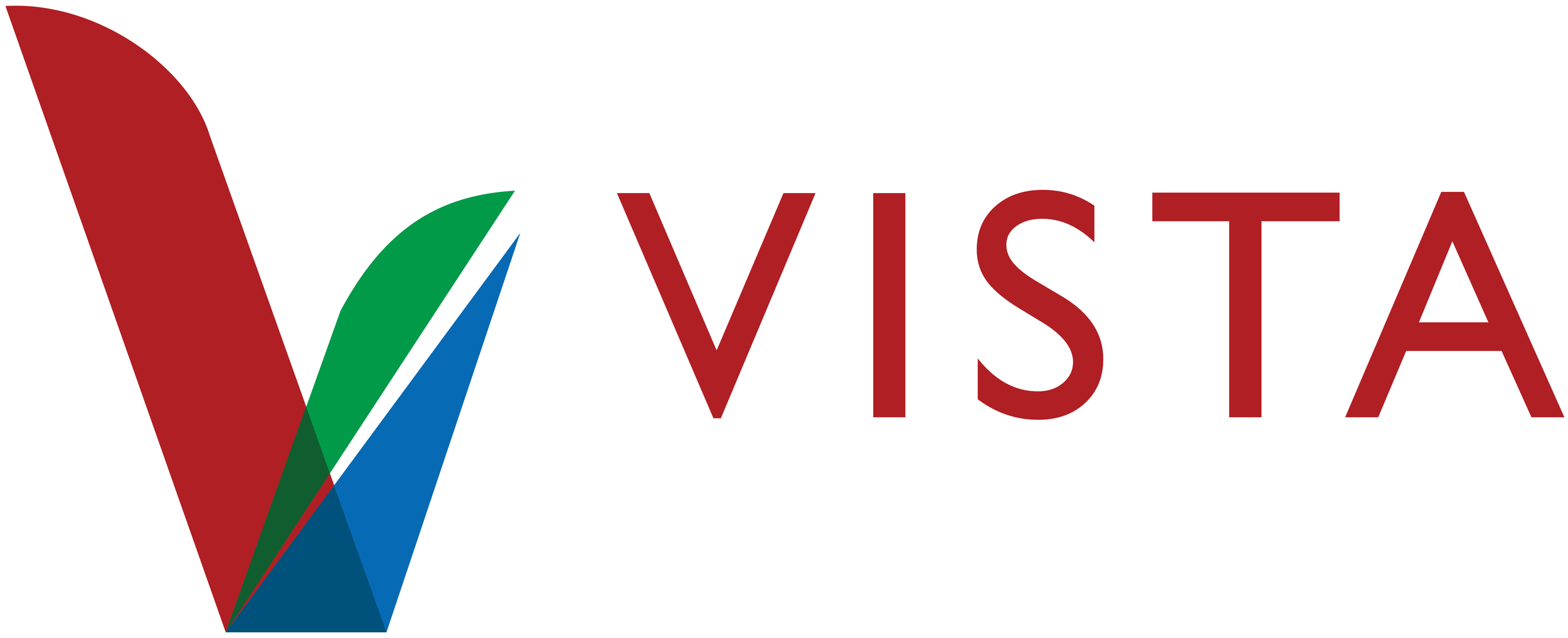"Every Nation, Tribe, People and Language
You can learn a lot from a church noticeboard. Every year I have my students make a list of the ethnic mix of congregations meeting for worship in their neighbourhood. They have to do this on the basis of what local churches display on their noticeboards. Debriefing them afterwards is always fascinating!
The cities and larger towns of Europe are alike in being home to a wide variety of Christian congregations. As migrant Christians have moved within and into Europe, they have engaged with the existing local Christian congregations in a variety of ways.
Several years ago, I attended traditional worship at All Saints’ Anglican Church in Rome and, during the after-service tea break, remember hearing the African congregation meeting in the hall below. Theirs was a very different style of worship. This type of shared building arrangement is perhaps the most common way that Christians from the same denomination but with different cultural backgrounds, negotiate their ethnic and cultural diversity. However, it’s not the only way that ethnic diversity is handled and in this short article I want to try and point towards the range of models that I have observed over the past thirty years. Over this period, I’ve led or attended several ethnically diverse congregations and I continue to minister within such churches. From Norway to Rome, from east to west, ethnic diversity has shaped the content, conduct, and communication of Sunday worship that I have been privileged to observe.
During March of 2016, I guest lectured at a number of US Seminaries and Christian Universities. In several places I was asked whether it was desirable, or even possible, to imagine ethnically diverse congregations when, after all, most of the successful church growth strategies are among mono-ethnic churches.
On first glance, that seems a fair question and in my replies I tried to suggest that my own experiences in particular contexts might not be applicable everywhere. I was also quick to point out that there are no well-tried or proven strategies that guarantee the establishment, growth, or success of ethnically diverse congregations. I suggested that the momentum towards more ethnically diverse congregations involves a miraculous and organic convergence of ‘emergence’ and ‘intentionality’ but that it cannot be organized or planned.
My experience suggests that there are more than just two ways of understanding the ethnic make-up of congregations; more than simply either mono-ethnic or multi-ethnic. What I’ve found is that congregations exist on a continuum of possibilities. Two of the key aspects that help to locate them on the continuum are whether they are mono- or multi- congregational and whether they are intentionally inclusive or exclusive with regards to their ethnic composition.
A continuum like this reflects the range of options from intentionally and exclusively mono-ethnic churches (as with the churches of the apartheid era in South Africa) through a range of multi-congregational options (which represent many of the current accommodations to migrant Christians in the host countries of the western world) through to the intentionally ethnically-diverse single congregation churches which I have been privileged to call my spiritual home on more than one occasion. It’s possible to depict this continuum graphically (see Figure 1).
These nine models represent the range of ways in which I have seen congregations dealing with ethnic diversity. Although I’m trying to be largely descriptive, I recognise that developing a model such as this one does tend to assume that we should all be making steady progress in a right-wards direction! Of course, I’d love to see every congregation in Europe in the right-hand box; intentionally ethnically diverse. However, I’m enough of a realist to understand that many will find themselves in the ‘unintentionally mono-ethnic’ category towards the left-hand side of the continuum. For some congregations, their geographical location will make it almost impossible for them to be anything else. However, if your congregation is surrounded by a highly culturally diverse community and it remains resolutely Caucasian, I might be asking it one or two questions about its understanding of mission.
The mid-section of the continuum is where many urban congregations scattered across Europe are likely to find themselves. In my view, these models contain the germs of a Spirit-inspired momentum towards the type of closer ethnic integration and deeper mutual cultural understanding that I think characterises the Body of Christ at its best.
The continuum I’ve developed is more than a theory; it reflects my own experience, but my experience is limited. The framework suggested by the continuum needs the kind of reflection on case studies that this edition of Vista offers with what immediately follows this article. These descriptions of a wide range of various European experiments, in turn, help to shape and improve the framework outlined in this article.
I doubt that any reader of Vista believes that they have experienced the fullness of ‘every nation, every tribe, people and language, standing before the throne and before the Lamb’ (Revelation 7:9). I’m still living a pale reflection of the future reality, but I still feel excited by being a part of the regular dress-rehearsal, every Sunday!
Darrell Jackson, Senior Lecturer in Missiology, Morling College, Sydney, Board Member of European Christian Mission International

